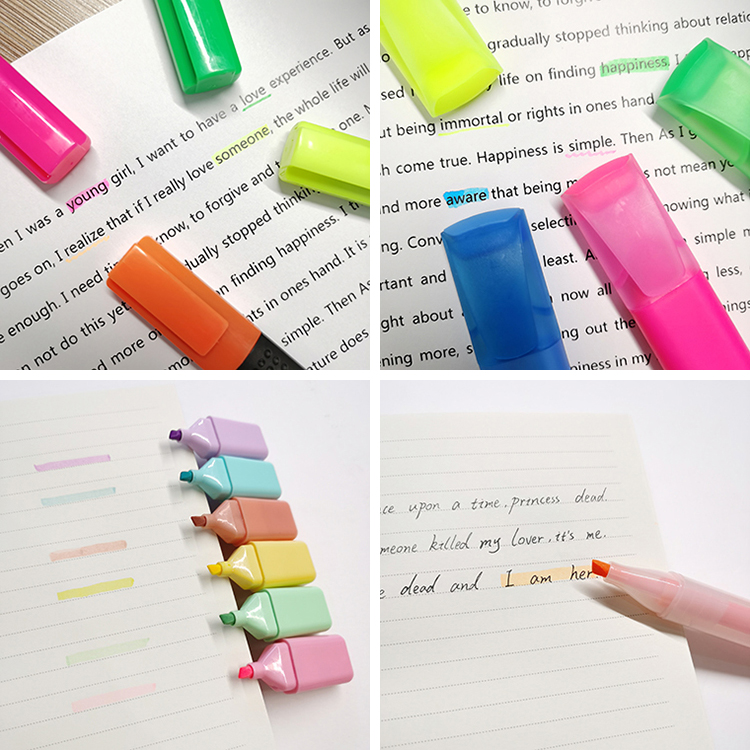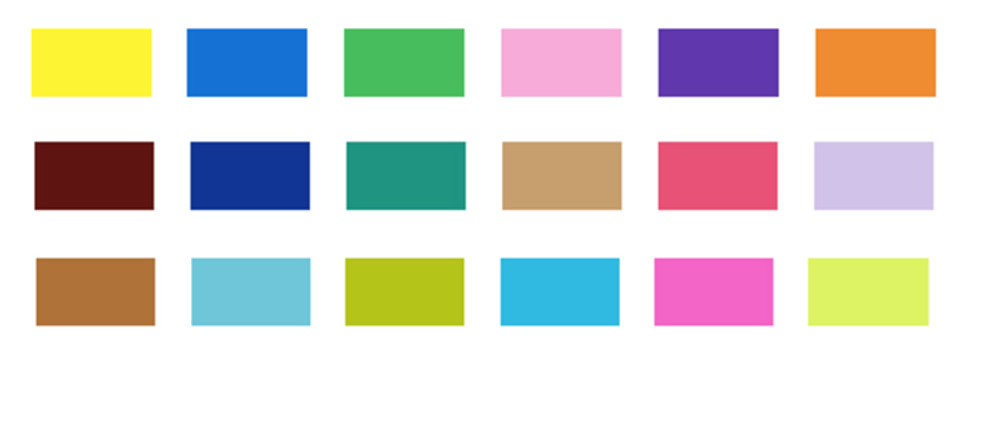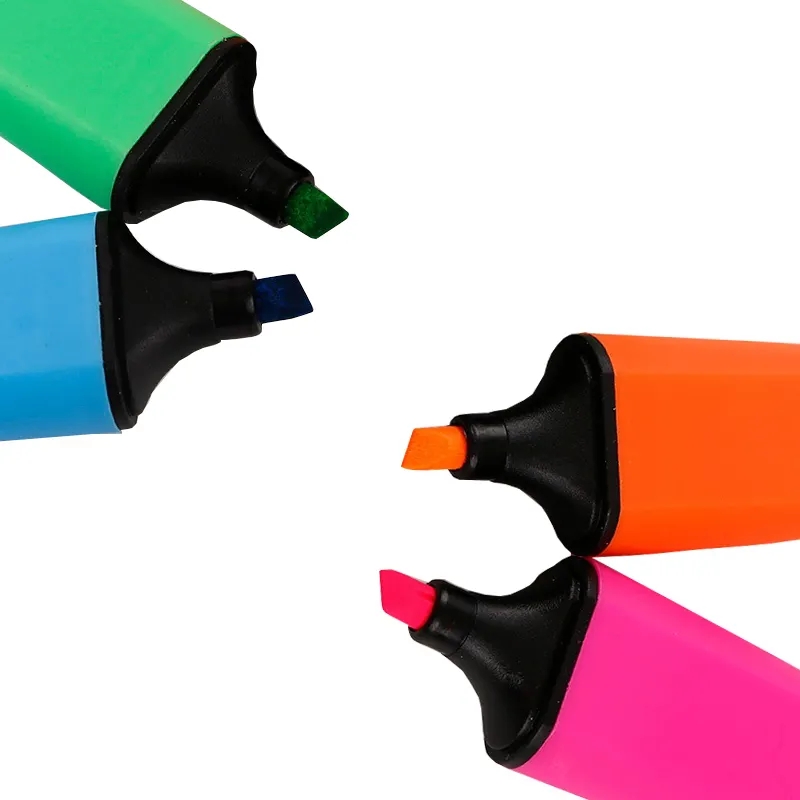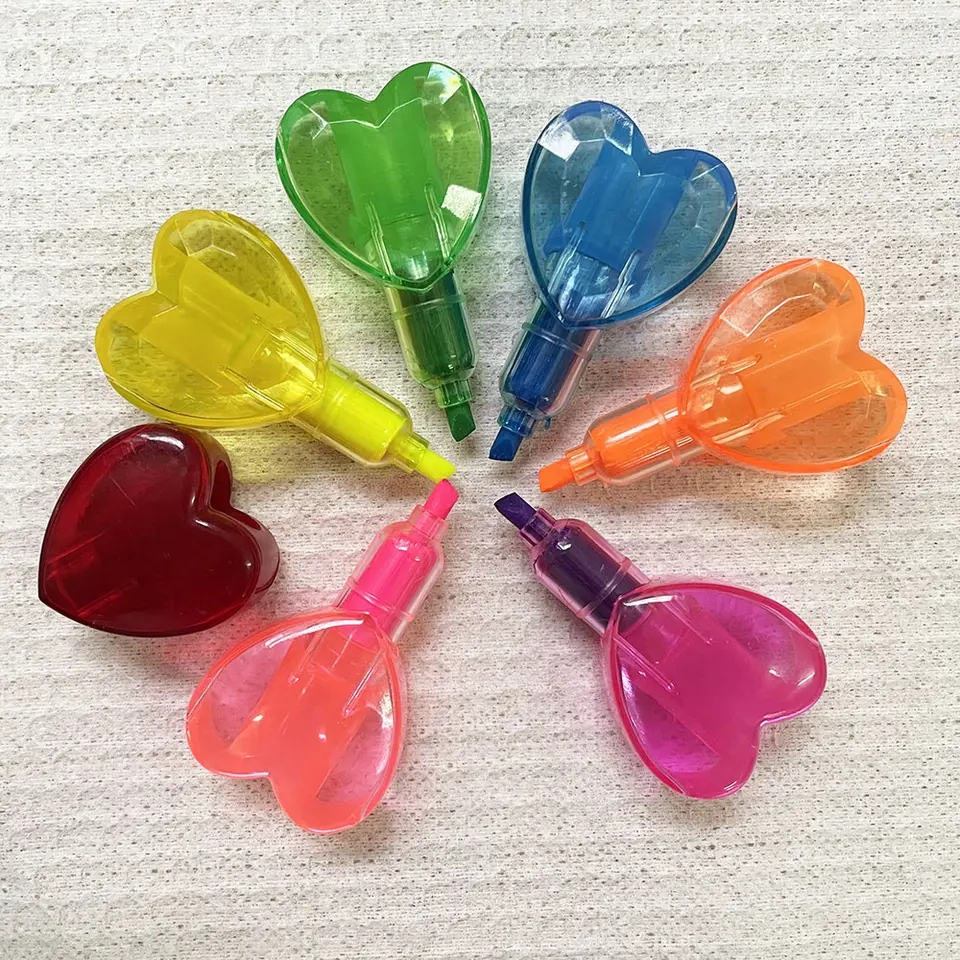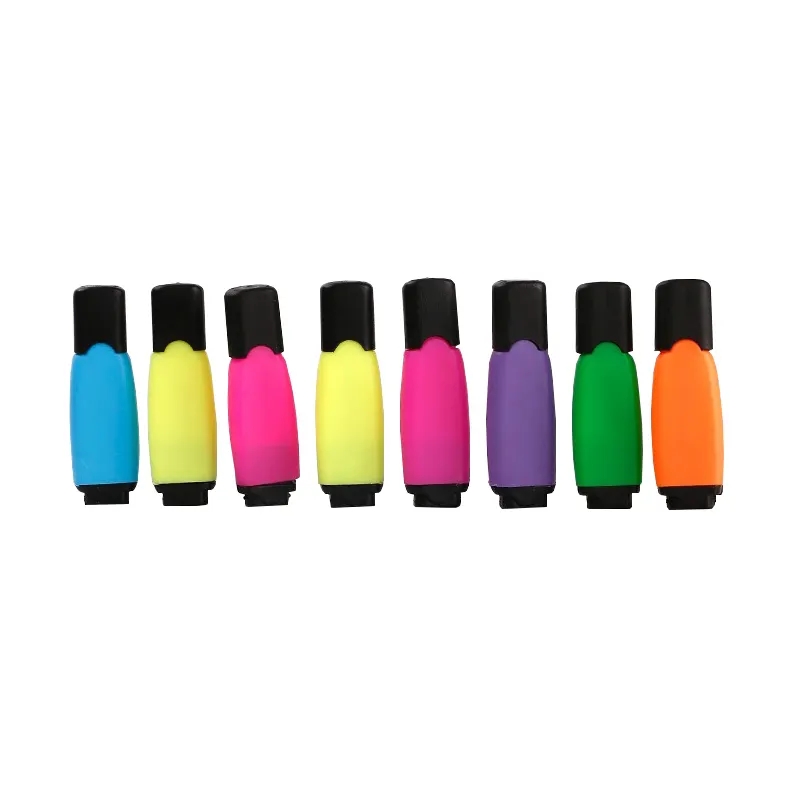The Art and Science of Highlighting: A Comprehensive Guide
Chapter 1: Unpacking Highlighters
Highlighters, often taken for granted, are essential tools for accentuating vital information within documents. They comprise four core components:
Barrel: Typically constructed from plastic, it houses the highlighter’s ink reservoir.
Ink Reservoir: A sponge or felt-like material that absorbs and dispenses the highlighter ink.
Tip: The writing end of the highlighter, influencing line thickness and highlighting style.
Cap: A removable cover that safeguards the tip and preserves ink freshness.
Chapter 2: The Rich Tapestry of Highlighter Types
Highlighters come in a diverse array of types, each designed for specific tasks:
Standard Highlighters: With vibrant and fluorescent colors, they excel at general highlighting and note-taking.
Pastel Highlighters: Offering a softer color palette, they provide a more subtle touch.
Gel Highlighters: Known for their smooth application, they reduce smudging and bleed-through on thin paper.
Dual-Tip Highlighters: Equipped with both chisel and fine tips, they offer versatility for different highlighting styles and precision needs.
Erasable Highlighters: Designed for temporary highlighting or editing, they enable you to remove highlighted text.
Chapter 3: The Psychology of Color Selection
Choosing the right highlighter color is an art and science, dependent on your specific highlighting objectives:
Yellow: Universally used for highlighting critical text.
Orange and Pink: Ideal for emphasizing crucial information or color-coding.
Green and Blue: Suitable for indicating additional notes or comments.
Chapter 4: The Craft of Effective Highlighting Techniques
To master the art and science of highlighting, consider these best practices:
Prioritize: Highlight only the most vital information to maintain clarity.
Consistency: Establish a systematic color-coding and highlighting approach.
Moderation: Avoid excessive highlighting, as it can dilute the impact of your notes.
Review and Reflect: After highlighting, review your notes to deepen your understanding.
Chapter 5: The Maintenance of Highlighters
Prolong the life of your highlighters with these maintenance tips:
Cap Securely: Always cap the highlighter to prevent ink drying out.
Store Horizontally: Storing highlighters horizontally ensures even ink distribution.
Replace Worn Tips: If the tip becomes frayed or worn, consider replacing it for neater highlighting.
Chapter 6: Towards a Sustainable Highlighter Future
Many highlighter manufacturers now offer eco-friendly options with refillable ink cartridges or biodegradable components. Embrace these sustainable choices to reduce your environmental footprint.
Conclusion:
Highlighters, often underestimated, are versatile tools that can significantly enhance your note-taking and studying processes when used effectively. By understanding their anatomy, selecting the right type and color, employing best practices, and considering environmental impacts, you can elevate your highlighting game. Whether you’re a student, researcher, or professional, the right highlighter can transform your notes into powerful knowledge tools, making the most critical information shine brightly in your academic and professional pursuits.
